#rocket
Note
phighting x slugcats (rain world) would be possibly very epic and cool maybe

Here you go :3 the silly little wawas
(+ a teensy little swocket doodle since a lot of people requested it)

#art#artists on tumblr#phighting!#phighting fanart#digital art#phighting roblox#phighting art#roblox phighting#roblox#phighting#phighting au#phighting sword#sword#sword phighting#rocket#rocket phighting#phighting rocket#swocket#rain world slugcat#slugcat#rain world fanart#rw slugcat#rainworld#rw downpour#rain world downpour#Speed ran this in like 6 hours lmao#Trying out a new style and MANNNNNN I love it :3#Definitely still not the most used to it but this piece was to sort of practice it a lot more#I found the ibis paint genius pen and oh my goodness it paired with a watercolor brush is the most fun thing ever#:3
70 notes
·
View notes
Text
Cancelled Mission: Skylab Rescue Mission (SL-R)
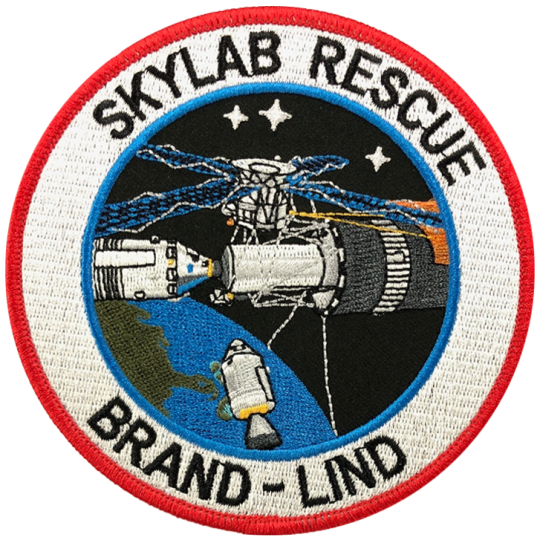
Mission patch for rescue mission for SL-3
Spacecraft: CSM-119
Launch Vehicle: Saturn IB AS-208, later AS-209
Commander: Vance D. Brand
Command Module Pilot: Don L. Lind
Intended launch date: September 1973, (on standby from August 1973 - February 1974)
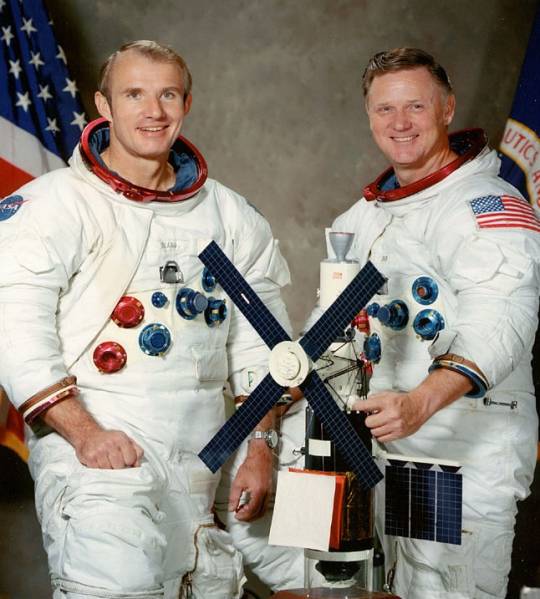
Skylab rescue mission crewmen Vance Brand (left) and Don Lind.
"Influenced by the stranded Skylab crew portrayed in the book and movie 'Marooned', NASA provided a crew rescue capability for the only time in its history." Prepared for launch during Skylab 3."
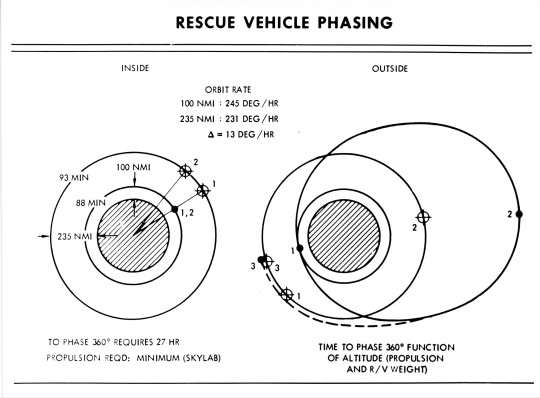
"Skylab rescue vehicle phasing - NAR Space Division drawing illustrates phasing of 5-seater Skylab rescue vehicle for a Skylab mission."
Date: April 5, 1971
"A kit was developed to fit out an Apollo command module with a total of five crew couches. In the event a Skylab crew developed trouble with its Apollo CSM return craft, a rescue CSM would be prepared and launched to rendezvous with the station. It would dock with the spare second side docking port of the Skylab docking module."
- information from Astronautix.com: link
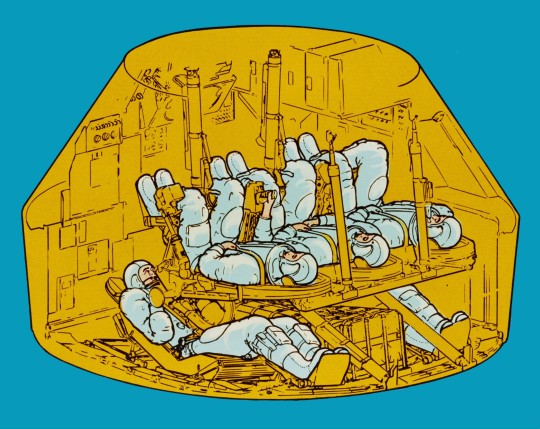
"The Apollo Command Module as modified to rescue stranded crews for the Skylab program. Two crew + three rescuees packed like sardines...."
"Skylab 3 astronauts Alan Bean and Jack Lousma helped design the "field modification kit" to use a standard CSM for rescue, and would have flown the CSM for their mission to rescue Skylab 2 if necessary. The standard Skylab Command Module accommodated a crew of three with storage lockers on the aft bulkhead for resupply of experiment film and other equipment, as well as the return of exposed film, data tapes and experiment samples. To convert the standard CSM to a rescue vehicle, the storage lockers were removed and replaced with two crew couches to seat a total of five crewmen."

Posted on Flickr by Mike Acs. NASA ID: 108-KSC-70P-69
"Soon after Skylab 3's launch the crew's CSM developed a problem with Quad B, one of its four reaction control system thrusters. On August 2, 1973, six days later, a snowstorm-like effect outside the station startled the crew during breakfast. What appeared to be 'a real blizzard' was fuel leaking from Quad D, opposite from Quad B. The malfunctions left two available quads, and while the spacecraft could operate with just one, the leaks posed a possible risk to other systems. The fuel for all quads and the main service propulsion system (SPS) engine were from the same batch; if the SPS fuel was contaminated, the CSM might not be able to deorbit.
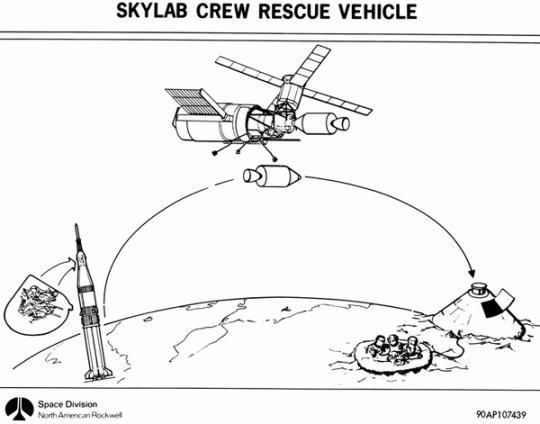
source
NASA considered bringing the crew home immediately, but because the astronauts were safe on the station with ample supplies and because plans for a rescue flight existed, the mission continued while the Saturn IB rocket AS-208 with CSM-119 was assembled in the Vehicle Assembly Building at Launch Complex 39 for possible use. It was at one point rolled out to LC-39B.
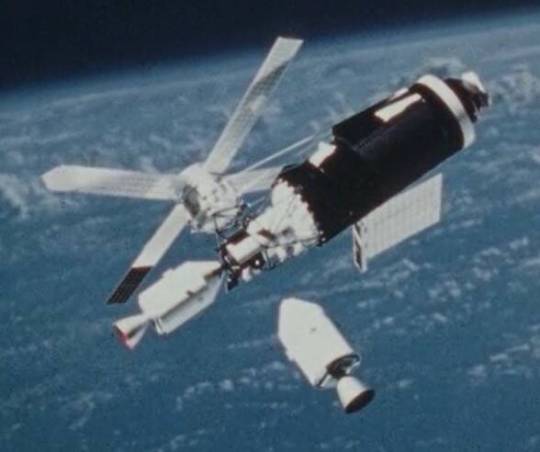
Illustration of the rescue Apollo spacecraft preparing to dock at Skylab’s lateral port. source
NASA announced on August 4 that Skylab 3 and Skylab 4 backup crewmen Vance Brand and Don Lind would fly any rescue mission; they had immediately begun training for the flight once the second quad had failed on August 2. After engineers found that the leaks would not disable the spacecraft, the two men used simulators to test reentry using two quads. If ground personnel worked 24 hours a day and skipped some tests, the mission could launch on September 10, and would last no more than five days. The astronauts would attempt to prepare Skylab for further use but returning experimental data and diagnosing the cause of the problem were more important, with Lind choosing what would be brought back. Human urine and feces samples and Apollo Telescope Mount and other film were the priorities. Although Skylab had two docking ports the primary one would be used if possible, jettisoning the Skylab crew's CSM if necessary.
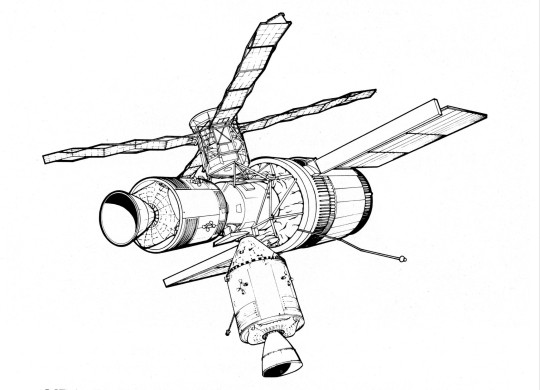
Posted on Flickr by Drew Granston: link
While many within NASA believed that the rescue mission would occur, within hours of the failure of the second quad the agency canceled the rescue mission. Beyond NASA's conclusion that the failed quads would not disable the Skylab 3 CSM and the SPS fuel was uncontaminated, Brand and Lind had already shown during their training as backup Skylab crewmen that a reentry with failed quads was safe. They also devised a method to deorbit with the command module's attitude control system. Later joking that they were 'very efficient but perfectly stupid, because we have literally worked ourselves out of the mission', Brand and Lind continued to train for a rescue mission, as well as for their backup roles, but the Skylab 3 crew was able to complete its full 59-day mission on the station and safely return to Earth using the two functional RCS thruster quads, using the SPS engine once instead of twice as precaution."
- Information from Wikipedia: link

Posted on Flickr by Ed Dempsey: link
Saturn IB SA-208 was used for Skylab 4 and SA-209 was assigned to the standby rescue mission. At one point, CSM-119/SA-209 was slated for the Skylab 5 mission but it was cancelled when SL-4 was extended and completed all of it objectives.

Mission patch for rescue mission for SL-4
Later, CSM-119/SA-209 was the backup launch vehicle for Apollo-Soyuz Test Project mission and standby rescue vehicle. After the Apollo program ended, the surplus rocket and spacecraft were displayed at the Kennedy Space Center, Florida.
NASA ID: 71-H-662, S73-31922
source, source
#Skylab Rescue#SL-R#Apollo CSM Block II#CSM-119#Saturn IB#SA-208#SA-209#Rocket#NASA#Apollo Program#Apollo Applications Program#Cancelled#Cancelled Mission#September#1973#my post
40 notes
·
View notes
Text

🖤
#Rocket#obviously I’m not getting out of bed anytime soon#between his warmth/weight and the purring I’m too cozy to move even for coffee
23 notes
·
View notes
Text

Dropped soda becomes a rocket
3K notes
·
View notes
Text

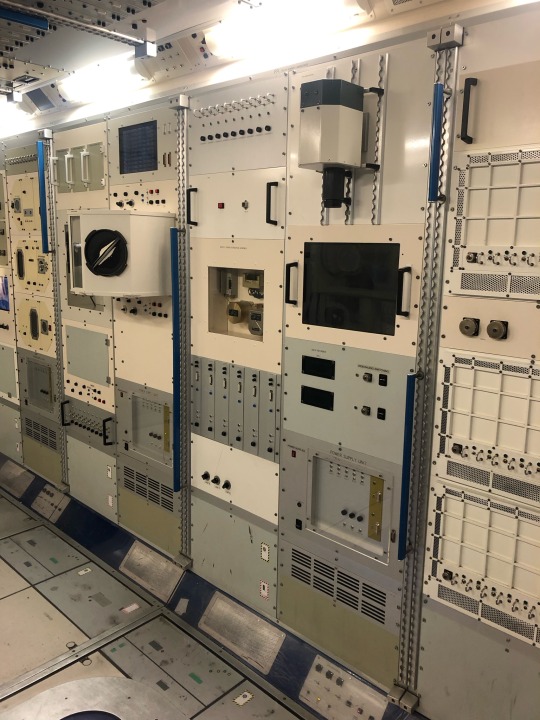

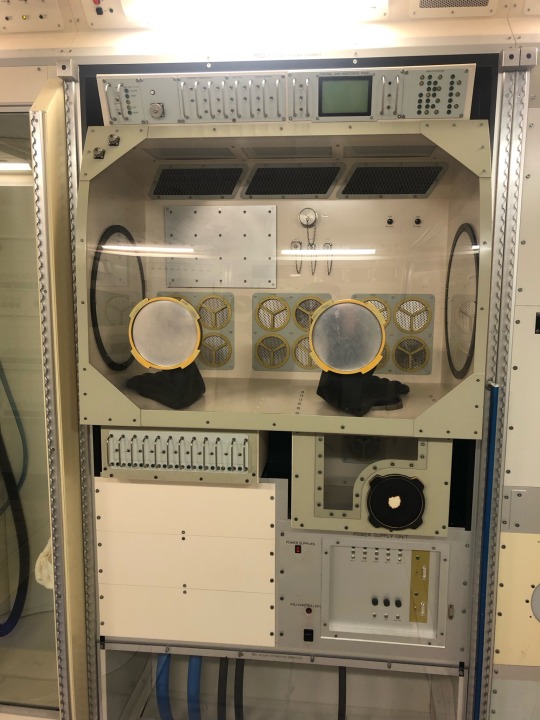
Some photos I took of the Columbus Module at the National Space Centre
#this was so epic#national space centre#nasa#space#spaceship#rocket#astronaut#technology#tech#objectum#not objectum myself but i think the community will appreciate#existentialism#machinery#machines#divine machinery#machine dreams#techcore#posic#popular posts
2K notes
·
View notes
Text

Moonbound: One Year Since Artemis I
On this day last year, the Artemis I rocket and spacecraft lit up the sky and embarked on the revolutionary mission to the Moon and back. The first integrated flight test of the rocket and spacecraft continued for 25.5 days, validating NASA’s deep exploration systems and setting the stage for humanity’s return to the lunar surface.

On Nov. 16, 2022, the Space Launch System (SLS) rocket met or exceeded all expectations during its debut launch on Artemis I. The twin solid rocket booster motors responsible for producing more than 7 million pounds of thrust at liftoff reached their performance target, helping SLS and the Orion spacecraft reach a speed of about 4,000 mph in just over two minutes before the boosters separated.

Quite a few payloads caught a ride aboard the Orion spacecraft on the Artemis I mission: In addition to a number of small scientific satellites called CubeSats, a manikin named Commander Moonikin Campos sat in the commander’s seat. A Snoopy doll served as a zero-gravity indicator — something that floats inside the spacecraft to demonstrate microgravity.
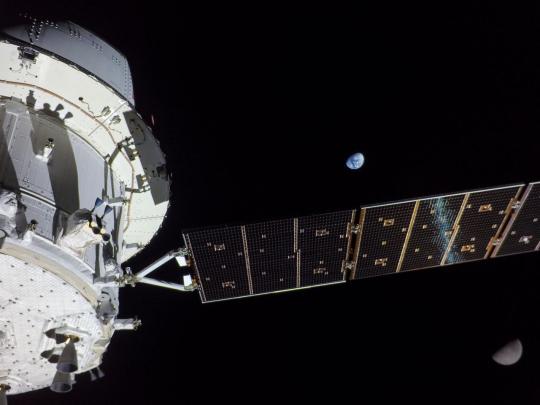
During the mission, Orion performed two lunar flybys, coming within 80 miles of the lunar surface. At its farthest distance during the mission, Orion traveled nearly 270,000 miles from our home planet, more than 1,000 times farther than where the International Space Station orbits Earth. This surpassed the record for distance traveled by a spacecraft designed to carry humans, previously set during Apollo 13.
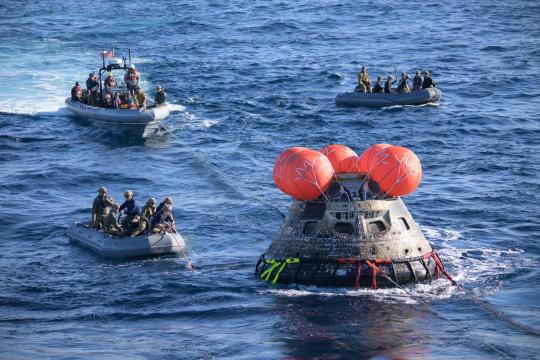
The Orion spacecraft arrived back home to planet Earth on Dec. 11, 2022. During re-entry, Orion endured temperatures about half as hot as the surface of the Sun at about 5,000 degrees Fahrenheit. Within about 20 minutes, Orion slowed from nearly 25,000 mph to about 20 mph for its parachute-assisted splashdown.
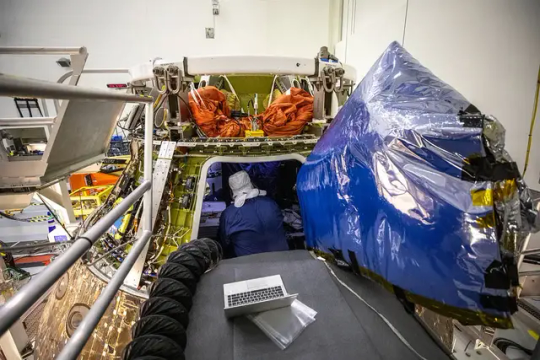
Recovery teams successfully retrieved the spacecraft and delivered it back to NASA’s Kennedy Space Center for de-servicing operations, which included removing the payloads (like Snoopy and Commander Moonikin Campos) and analyzing the heat shield.
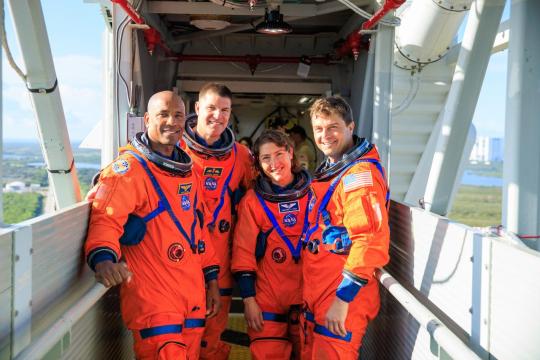
With the Artemis I mission under our belt, we look ahead to Artemis II — our first crewed mission to the Moon in over 50 years. Four astronauts will fly around the Moon inside Orion, practicing piloting the spacecraft and validating the spacecraft’s life support systems. The Artemis II crew includes: NASA astronauts Reid Wiseman, Victor Glover, and Christina Koch, and CSA astronaut Jeremy Hansen.
youtube
As we look ahead to Artemis II, we build upon the incredible success of the Artemis I mission and recognize the hard work and achievements of the entire Artemis team. Go Artemis!
Make sure to follow us on Tumblr for your regular dose of space!
#Artemis#Rocket#Anniversary#Launch#NASA#Space#Moon#Lunar#Astronaut#Apollo#Orion#Spacecraft#Space Launch System#STEM#science#tech#technology#on this day#Youtube
2K notes
·
View notes
Text

#guardians of the galaxy vol 3#marvel#guardians of the galaxy#gotg#gotg vol 3#rocket#star lord#peter quill#chris pratt#yondu#yondu udonta#kraglin#gamora#zoe saldana#nebula#karen gillan#james gunn#groot#cosmo#avengers#disney
6K notes
·
View notes
Text
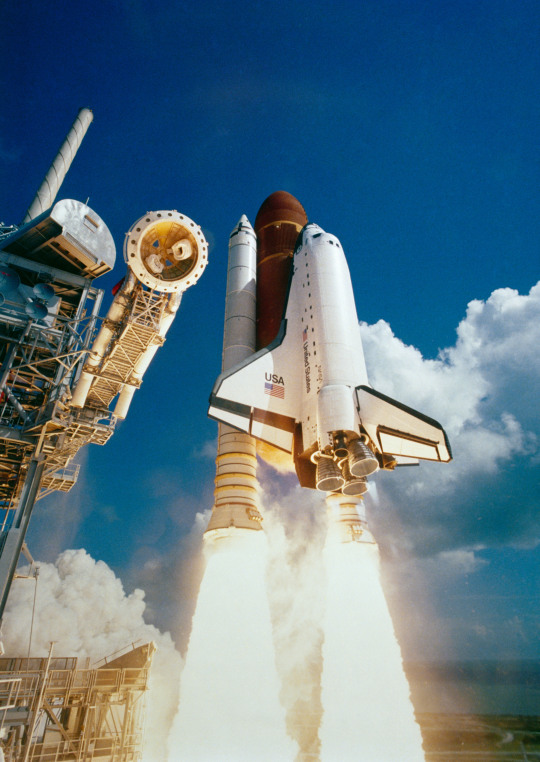
Space Shuttle Atlantis launch, 3 October 1985.
1K notes
·
View notes
Text
one of my favorite things about gotg3 was definitely how all the main characters ended up alive. james gunn has already proven he has the nerve to kill them off, but it was amazing how he didn't feel the need to do it just to finish their stories and make fans emotional, as many other directors tend to do. he managed to make the emotion come naturally as we watched it and still comforted with an absolutely beautiful ending for each of them.
#gotg3#guardians of the galaxy#guardians of the galaxy 3#gotg vol 3#gotg volume 3 spoilers#gotg vol 2#gotg2#gotg#gamora#peter quill#mantis#rocket#rocket raccoon#groot#drax#drax the destroyer#starmora#marvel#mcu#james gunn
6K notes
·
View notes
Text

the dog days are over
#rocket raccoon#rocket#guardians of the galaxy#gotg#guardians of the galaxy vol 3#fanart#marvel#mcu#marvel cinematic universe#rocket raccoon fanart#rocket teef floor go now!
6K notes
·
View notes
Text

Star Born, paperback cover by Dean Ellis, 1970
#star born#dean ellis#1970#1970s#rocket#rocketship#scifi#scifi art#science fiction#science fiction art#art#illustration#painting#vintage
1K notes
·
View notes
Text
"NASA achieved a major milestone April 3 for production of new RS-25 engines to help power its Artemis campaign to the Moon and beyond with completion of a critical engine certification test series at NASA’s Stennis Space Center near Bay St. Louis, Mississippi.
The 12-test series represents a key step for lead engines contractor Aerojet Rocketdyne, an L3Harris Technologies company, to build new RS-25 engines, using modern processes and manufacturing techniques, for NASA’s SLS (Space Launch System) rockets that will power future lunar missions, beginning with Artemis V."
Date: April 3, 2024
NASA's Marshall Space Flight Center: link
#Space Launch System#SLS#Rocket#Artemis program#NASA#Space Shuttle Main Engine#SSME#Rocketdyne RS-25#RS-25#Rocket Engine#Test Stand#John C. Stennis Space Center#Stennis Space Center#SSC#Hancock County#Mississippi#April#2024#video#my post
22 notes
·
View notes
Text
In GOTG1 the very first thing we learn about Peter is that he’s been fighting other boys because they killed a frog. It’s the very first thing.
I’m not surprised how quickly he turned to ‘kill everyone’ after learning what they did to Rocket.
5K notes
·
View notes
Video
Passenger on a plane accidentally films a rocket launch | source
7K notes
·
View notes
Text
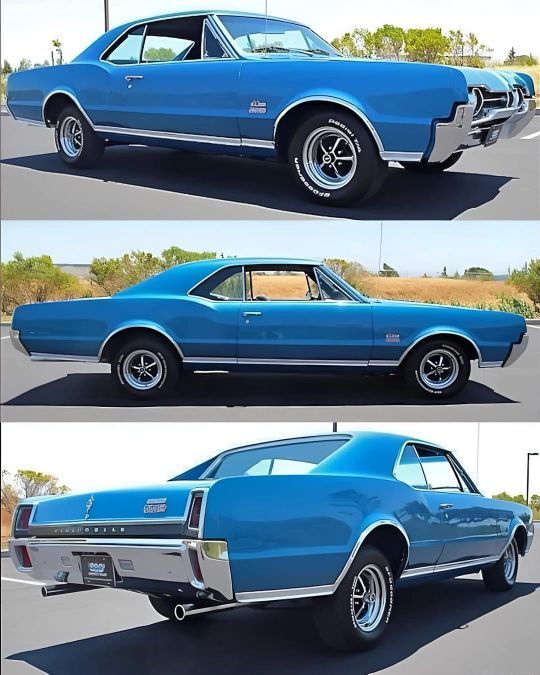
1967 Oldsmobile 442 400 Rocket
#Oldsmobile 442 400 Rocket#oldsmobile 442#oldsmobile#car#cars#muscle car#american muscle#442#Rocket#400
721 notes
·
View notes
Photo

“It’s good to have friends.”
#guardians of the galaxy spoilers#guardians of the galaxy#guardians of the galaxy vol 3#guardians of the galaxy 3#marvel#rocket#rocket raccoon#lylla#floor#teefs#batch 89
3K notes
·
View notes